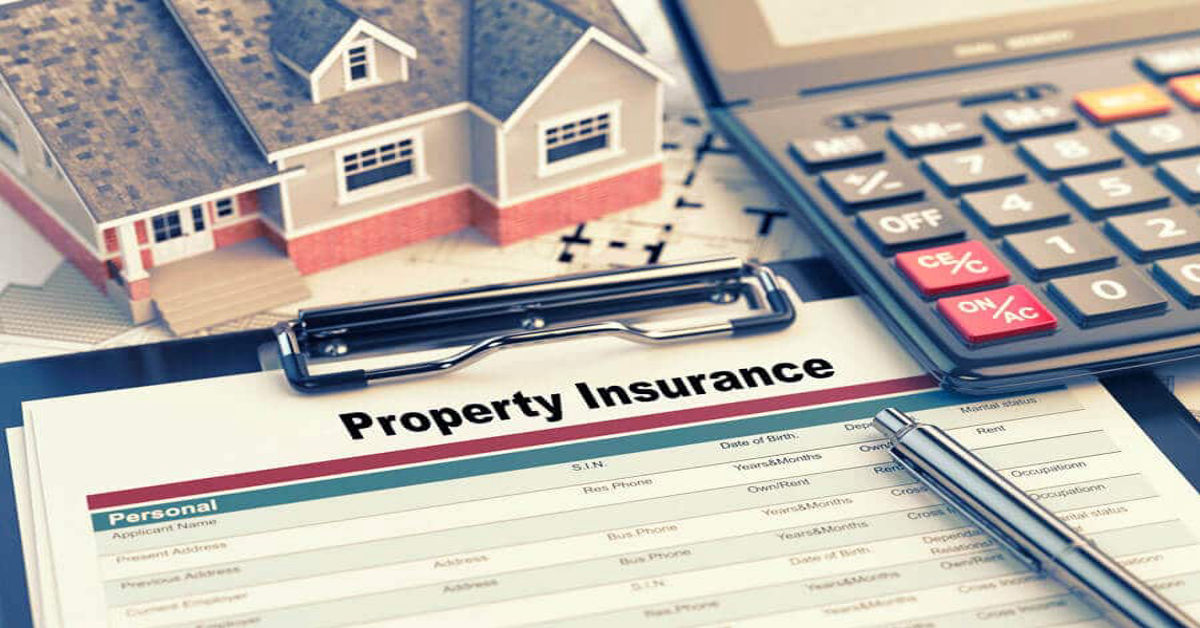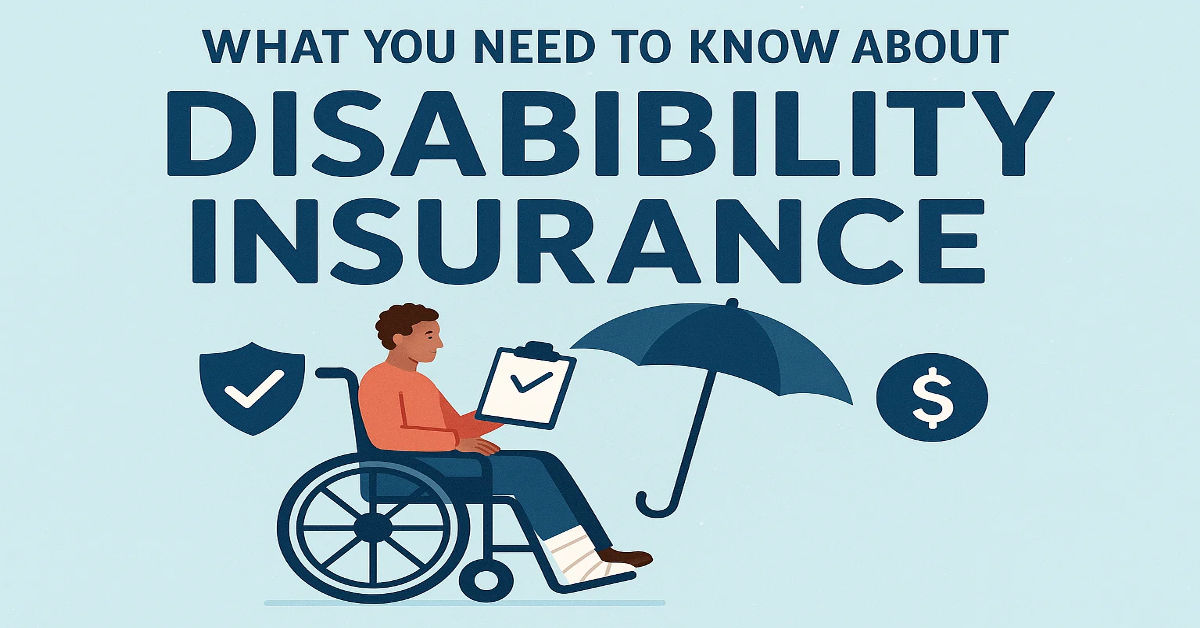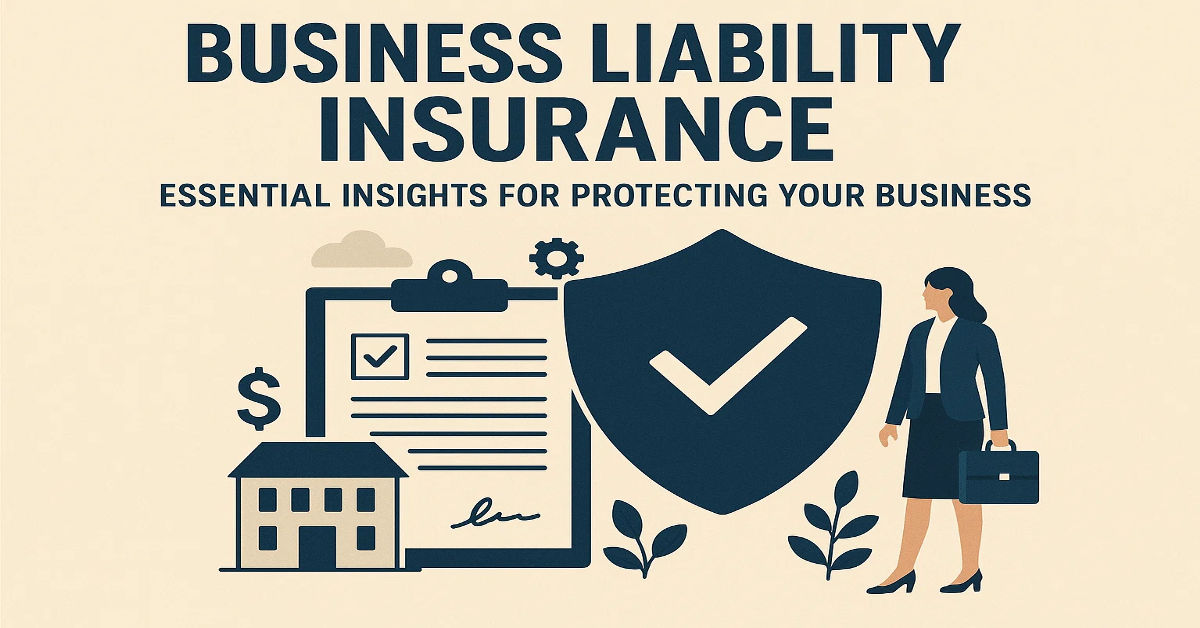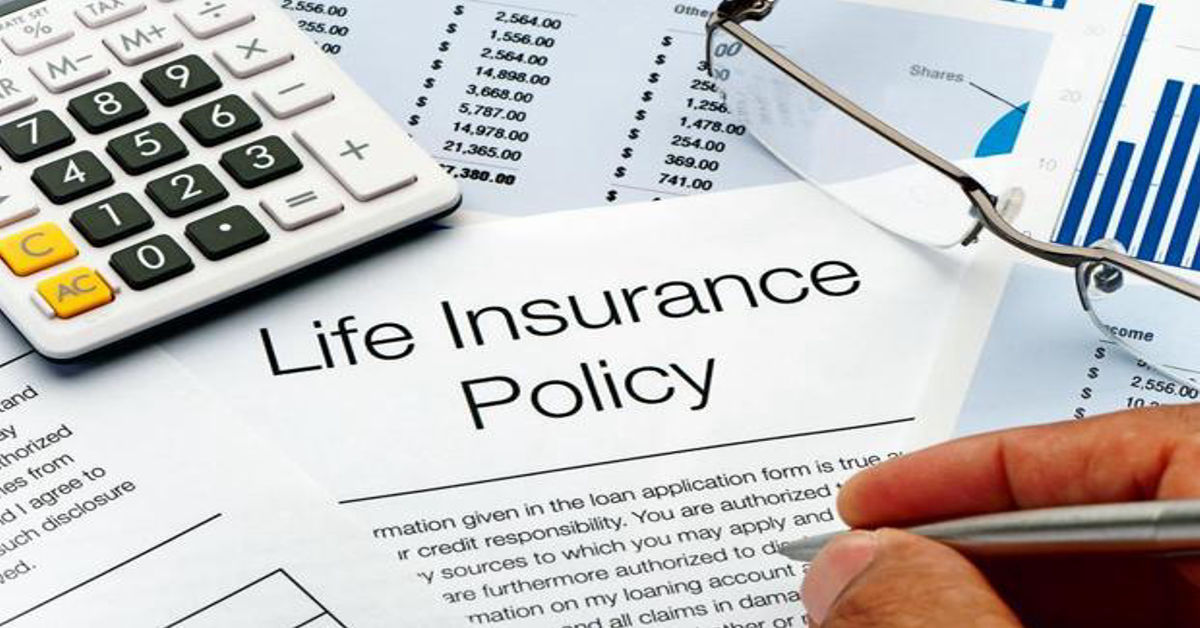
Owning a home represents one of life’s biggest investments, yet many homeowners don’t fully understand how property insurance works until they need it most. When disaster strikes whether it’s a kitchen fire, a burst pipe, or severe weather damage having the right coverage can mean the difference between a manageable situation and financial devastation.
What Property Insurance Actually Covers
Home insurance policies typically protect both your dwelling and personal belongings through several types of coverage. Dwelling coverage handles the structure itself, including walls, roof, and built-in appliances. Personal property coverage protects your furniture, clothing, electronics, and other belongings. Most policies also include liability protection, which covers legal expenses if someone gets injured on your property.
The beauty of comprehensive property insurance lies in its breadth. Beyond fire and theft, modern policies often cover water damage from plumbing issues, wind damage from storms, and even temporary living expenses if your home becomes uninhabitable during repairs.
Different Types of Coverage Available
Property owners can choose from several policy types, each offering different levels of protection. Basic named-perils policies cover only specific risks listed in the contract, such as fire, lightning, or vandalism. Broad-form policies expand coverage to include additional perils like falling objects or weight of ice and snow.
The most comprehensive option, special-form coverage, protects against all perils except those specifically excluded. This “all-risk” approach provides the strongest protection for homeowners who want peace of mind.
How Much Coverage Do You Really Need?
Determining adequate coverage amounts requires careful consideration of several factors. Your dwelling coverage should reflect the cost to rebuild your home at current construction prices, not its market value. Personal property coverage typically ranges from 50% to 75% of your dwelling coverage, though you can adjust this based on your belongings’ actual value.
Don’t forget about additional living expenses coverage, which pays for hotel bills and meals if you can’t live in your home during repairs. Most experts recommend coverage equal to 20% of your dwelling amount.
Understanding Deductibles and Premiums
Insurance deductibles represent the amount you pay out-of-pocket before coverage kicks in. Higher deductibles typically mean lower monthly premiums, but you’ll pay more when filing claims. Most homeowners choose deductibles between $500 and $2,500, balancing affordable premiums with manageable out-of-pocket costs.
Some areas prone to specific disasters may have separate deductibles for wind, hail, or earthquake damage. These specialized deductibles often calculate as percentages of your dwelling coverage rather than flat dollar amounts.
Common Exclusions You Should Know About
Flood damage requires separate coverage through the National Flood Insurance Program or private insurers. Even the best property insurance policies contain exclusions that might surprise homeowners. Earthquake damage also needs additional coverage in most cases.
Maintenance-related issues typically aren’t covered insurers expect homeowners to maintain their properties properly. Wear and tear, mold from long-term moisture problems, and pest infestations usually fall outside policy boundaries.
Factors That Affect Your Insurance Rates
Insurance companies consider numerous factors when calculating premiums. Your home’s age, construction materials, and proximity to fire stations all influence costs. Your credit score, claims history, and chosen coverage limits also play significant roles.
Geographic location matters tremendously homes in hurricane-prone coastal areas or tornado alleys face higher premiums than those in stable climates. Security features like burglar alarms, smoke detectors, and deadbolt locks can earn discounts.
Smart Ways to Lower Your Premiums
Bundle your home and auto insurance with the same company for substantial multi-policy discounts. Installing security systems, upgrading electrical and plumbing systems, and maintaining good credit scores can reduce premiums significantly.
Consider raising your deductible if you have emergency savings to cover higher out-of-pocket costs. Many insurers offer claim-free discounts for homeowners who avoid filing small claims over several years.
When and How to File Claims
Contact your insurance company immediately after damage occurs, but document everything first. Take photos of damage, make temporary repairs to prevent further problems, and keep receipts for emergency expenses.
Be honest and thorough when describing damage to adjusters. Trying to include pre-existing problems or inflate damage estimates can jeopardize your entire claim and future coverage.
Conclusion
While policies might seem complex, understanding your coverage options, exclusions, and claim processes helps you make informed decisions about protecting your investment. Property insurance serves as your financial safety net when unexpected events threaten your home and belongings. Regular policy reviews ensure your coverage keeps pace with your home’s value and your changing needs.
Frequently Asked Questions
Q: Do I need assets insurance if I own my home outright?
A: While not legally required without a mortgage, assets insurance protects your investment and provides liability coverage, making it wise even for mortgage-free homes.
Q: Does homeowners insurance cover basement flooding?
A: Standard policies typically don’t cover flood damage, including basement flooding from external water sources. You’ll need separate flood insurance for this protection.
Q: Can I cancel my policy anytime?
A: Yes, but you might face cancellation fees and lose discounts. Most insurers require written notice before cancellation takes effect.
Q: What happens if I underinsure my home?
A: Many policies include coinsurance clauses requiring adequate coverage levels. Underinsuring can result in reduced claim payments, even for partial losses.
Q: How often should I review my coverage?
A: Review your policy annually and after major life changes like renovations, significant purchases, or changes in local construction costs.




















